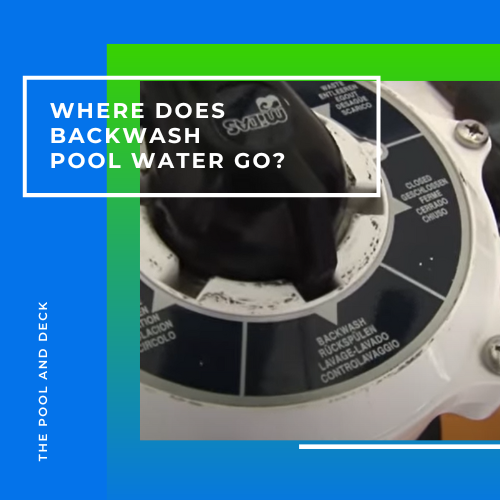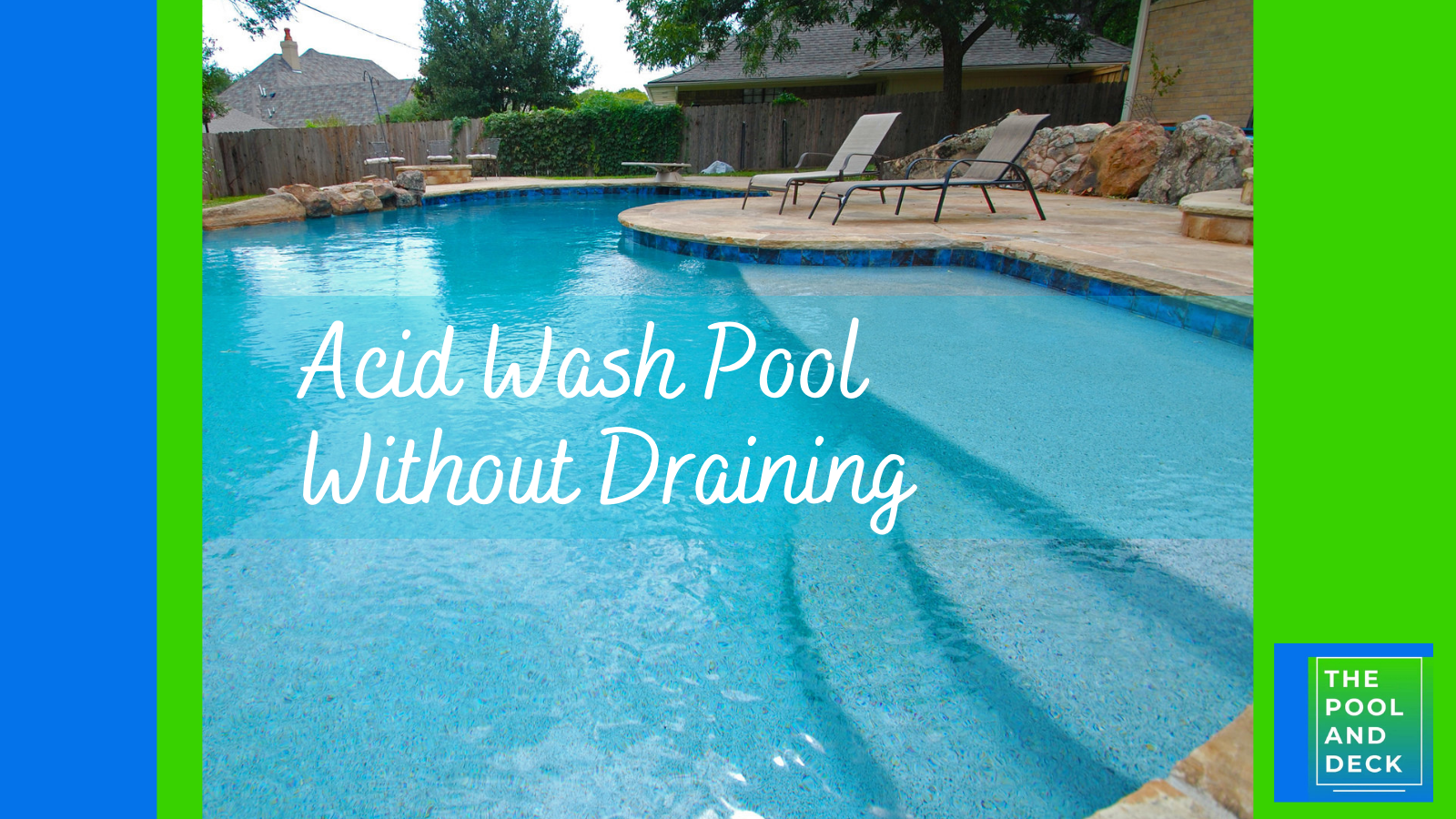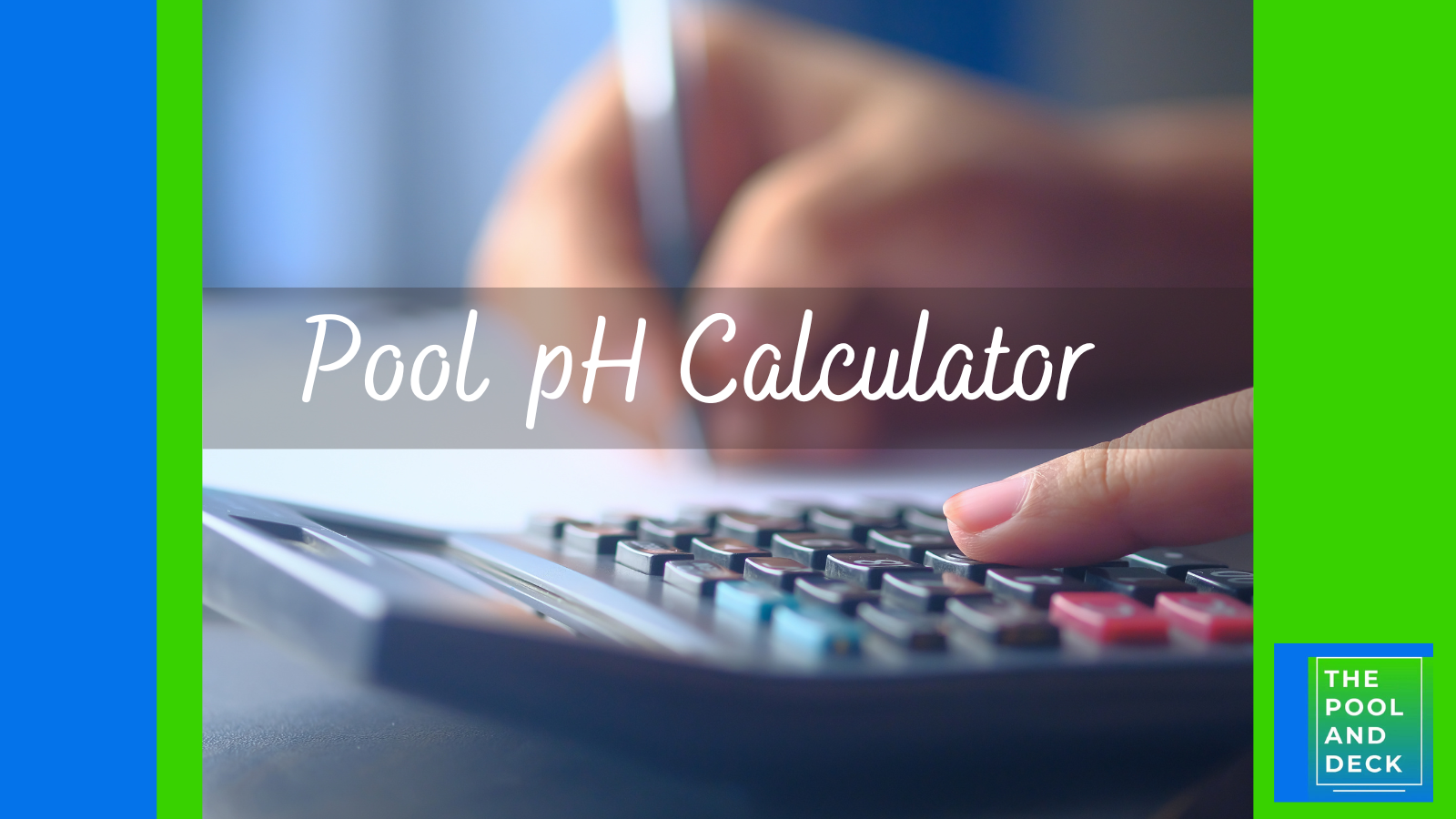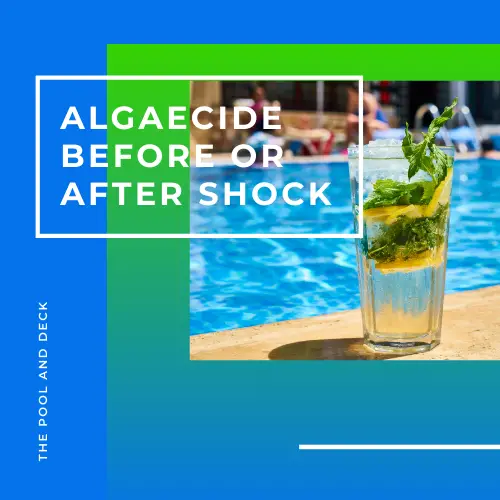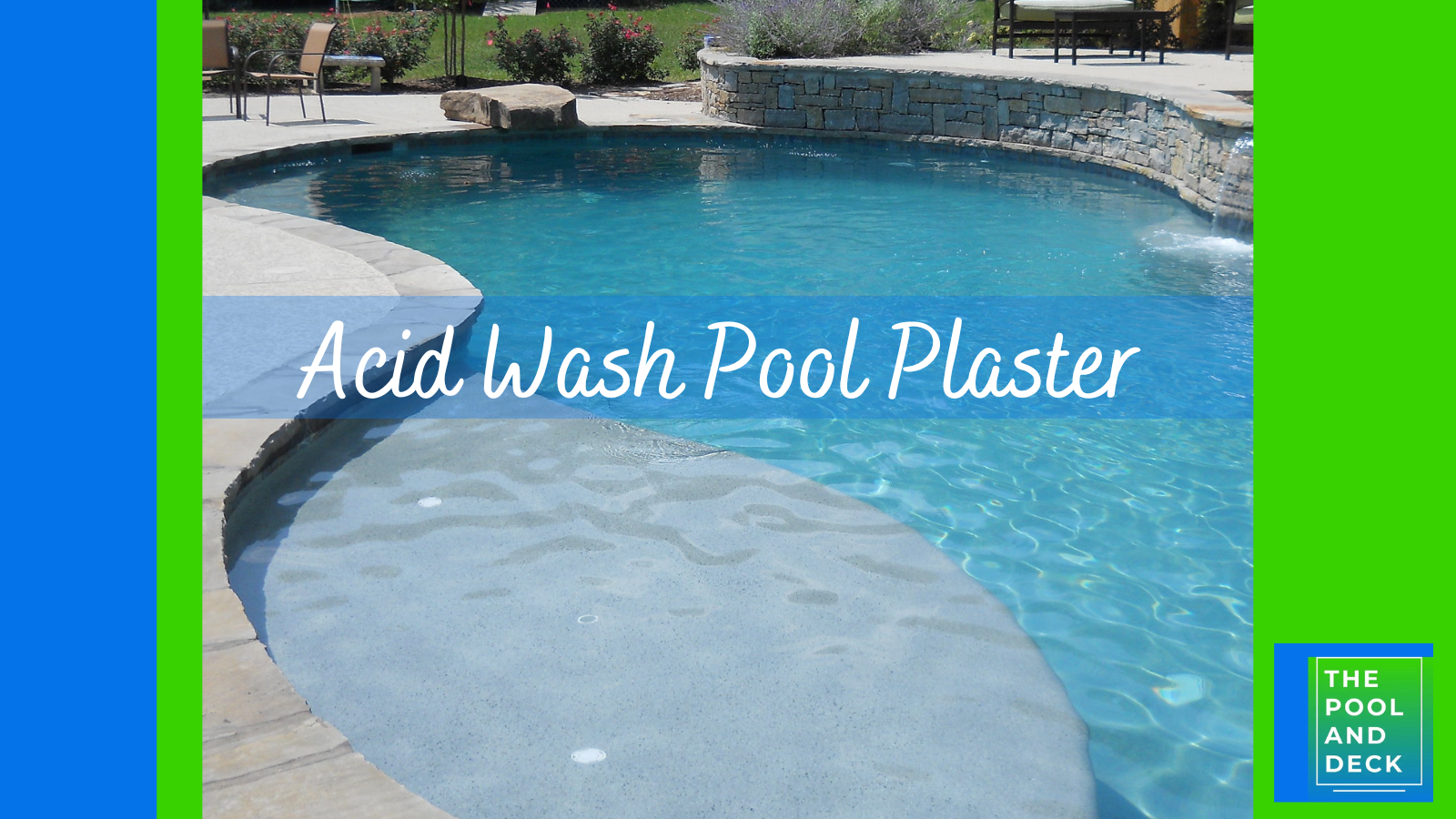Understanding pH and Alkalinity in the Pool: A Simplified Guide
As an Amazon Associate, I earn from qualifying purchases.
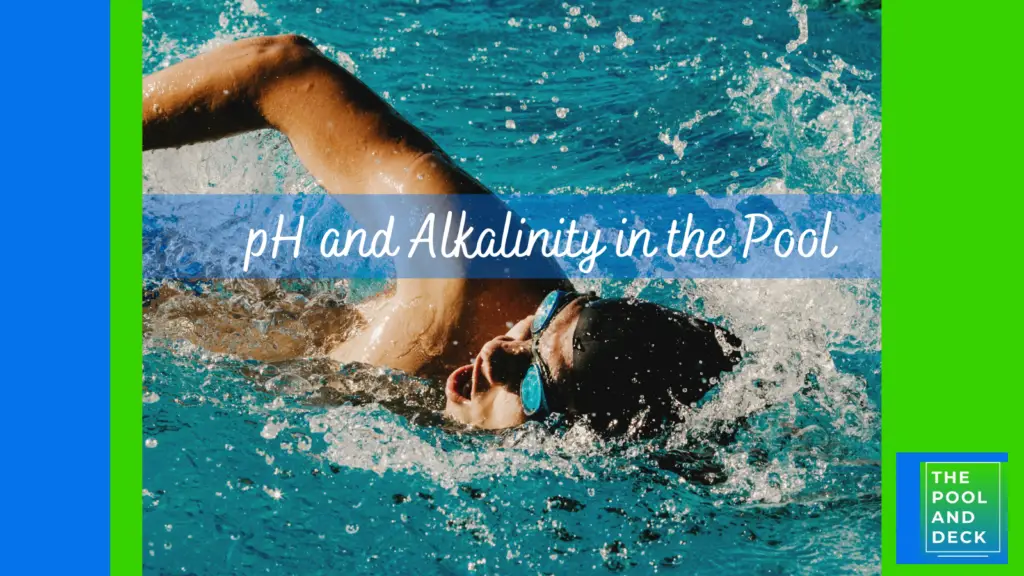
Being a first time pool owner is an exhilarating experience till you feel your eyes burn, skin itch and hair go stiff, after a swim. The pH and alkalinity in the pool may be the culprit.
Maintaining a “safe to swim” and “great to look at” pool requires more than just adding chlorine. There is a whole pool chemistry to be understood.
For a new pool owner (and even experienced ones) understanding the duo of pH and alkalinity in the pool, can be quite confusing. Resources on the internet can add to the confusion by throwing “scientific jargons” at you.
As a new pool owner you will find Pool Chemistry for Beginners: With 5 Super Helpful Cheat Sheets! quite helpful.
Maintaining proper pH and alkalinity levels is, actually rather simple. So, in this article I will explain what pH and alkalinity are, their relationship to each other and your pool and simple, easy techniques of keeping them at their correct levels.
Table of Contents
What is pH?
pH is a measure of how acidic the pool water is. It’s measured on a scale from 0 to 14, with 7 being neutral. The lower the number the more acidic your pool water.
Remember that the pH scale is logarithmic. Sorry for a bit of jargon, but all it means is that water with a pH of 5 is 10X more acidic than water with a pH of 6.
The pH of your pool water has an impact on swimmer comfort, pool hygiene and equipment longevity.
Low pH (high acidity) will result in red eyes and itchy skin. It will also corrode metallic parts of your pool equipment. High pH (low acidity) on the other hand may make the water murky and encourage bacteria and algae growth.
What is Alkalinity?
Alkalinity, often referred to as “total alkalinity,” is a measure of the amount of carbonates and other similar chemicals in the pool water. Not sure what a carbonate is? The most common carbonates are limestone and chalk powder (calcium carbonate).
Total alkalinity is water’s ability to neutralize acids. It acts as a buffer to prevent drastic changes in pH. Unlike pH, Total Alkalinity (TA) is measured in ppm (parts per million).
If the Total Alkalinity (TA) of your pool water is too low, the pH can fluctuate wildly. If it’s too high, it can cause the pH to rise and lead to issues like cloudy water and scaling.
Ideal Range for pH and Alkalinity in the Pool
The recommended pH range for a pool is typically between 7.2 and 7.8. This range ensures that your pool is safe for swimming, optimizes the effectiveness of the chlorine, and helps keep your pool clean and clear. The ideal range would be between 7.4 and 7.6.
The recommended alkalinity range for a pool is typically between 80 and 120 parts per million (ppm). Maintaining alkalinity within this range helps stabilize the pH and prevents problems associated with unbalanced pool water.
When adjusting Total Alkalinity (TA), shoot for 120 ppm, which is the perfect level.
Relationship Between pH and Alkalinity in the Pool
pH and alkalinity in the pool water are closely related. Alkalinity acts as a buffer for pH, helping to keep it stable and within the ideal range.
If the alkalinity is too low, the pH can fluctuate wildly, making it difficult to maintain a stable pH level. Conversely, if the alkalinity is too high, it can cause the pH to rise, leading to issues like cloudy water and scaling.
Therefore, maintaining the right balance of both pH and alkalinity in the pool is crucial. Changes in one can significantly impact the other, so regular testing and adjustment of both is key.
Adjusting pH and Alkalinity in the Pool
I am sure by now, you have understood the importance of pH and alkalinity in the pool. When one or both are not in the recommended range, you will need to add the necessary pool chemical to balance them.
Because pH and alkalinity in the pool are closely related, chances are you will need to adjust both. Moreover, as Total Alkalinity (TA) acts as a buffer to pH, you need to adjust Total Alkalinity (TA) first.
Remember, you must start off by testing your pool water first so that you know the gap between actual and ideal levels. Only then can you use an online pool pH calculator or a pool alkalinity calculator to determine how much of what to add.
You will find links to the best products to use for testing and adjusting pH and Alkalinity at Necessary Pool Chemicals: The Best (With Easy Links!)
Raising pH and Alkalinity:
Sodium bicarbonate (baking soda) and soda ash are commonly used to raise pH and TA.
Baking soda raises alkalinity without affecting pH, while soda ash raises both alkalinity and pH.
Use my free Pool Baking Soda Calculator to figure out the dosage.
Baking Soda
America’s #1 Baking Soda Brand. Raises the total alkalinity level to ensure healthy swimming pool water. Helps prolong the life of pool surfaces and equipment.
General rule for Adding Sodium Bicarbonate (Baking Soda): 24 ounces per 10,000 gallons to raise alkalinity by 10 PPM. Most effective when pH is marginally low and TA is quite low.
General rule for Adding Sodium Carbonate (Soda Ash): 6 ounces per 10,000 gallons to raise pH by 0.2 and alkalinity by 5 PPM. Most effective when pH is very low and TA is somewhat low.
Aerating the pool water also helps to increase pH and TA. Run pool fountains or water features.
For more details check out How to Raise Total Alkalinity in a Pool the Easy Way
Lowering pH and Alkalinity:
Muriatic acid and sodium bisulfate are common pH reducers. Sodium bisulfate is more expensive but safer.
Muriatic acid, a concentrated form of hydrochloric acid, is highly effective in lowering total alkalinity. However, due to its acidic nature, it necessitates careful handling and adherence to safety guidelines.
Calculate the muriatic dose required using my muriatic acid pool calculator.
Muriatic Acid
Acid Blue Muriatic Acid by CPDI
Vapor Reduction Technology reduces up to 90% of harmful vapors compared to standard muriatic acid.
Sodium bisulfate, also known as dry acid, offers a safer approach to lowering total alkalinity. It’s less corrosive than muriatic acid and easier to handle.
For more details check out How to Lower Total Alkalininty in a Pool the Easy Way
Thank you very much for reading the post. I do hope you found it informative and helpful.



